CDROM Integration
Well I have read up on many posts and forums and more recently I saw some good results with someone getting a usb CDROM working on a Rasp Linux distro. So I thought how can I get a real IDE front slot loading CDROM working in the Pheobe and by utilising USB as the Pi doesn’t have IDE support.
So this is where I found that Amazon came in useful, I purchased a IDE/SATA to USB Adaptor but had reservations the thing would work on any system considering it was so cheap and from China.

How wrong was I as it worked fine with a HD connected to my laptop. So next step was to order online an old CDROM slot loading cd drive, I thought because back in those days Acorn machines only had CD drives I best stick to finding something around the time the Pheobe was manufactured.
Sure enough I found a Compaq CDROM front loading from 1998, rather rare but it was cheap so took the plunge on eBay…

So the next step was to put the drive into the Pheobe case and hook up the USB/IDE Adaptor and PSU power cable.
Working with the case front panel off I tested the eject and slot loading seemed to work fine. I needed a way of getting the audio from the drive and mix with the sound output from the Pi but without any soldering. So I had to buy a flat style of audio extension cable by Belkin from Sainsburys with right angle plug to go into the front socket on the drive, bingo the front cover was able to be clipped on without the audio lead sticking out too much…
I tucked the cable into the case through one of the holes and tied it into place along the bottom of the case running up to where the Pi is situated on the Fairywren mobo. I also purchased at Sainsburys an audio splitter…
The idea that I could hook up and pass through the audio from the CDROM and PI out of the backpain of the NLX case without any soldering or modding.
I had a feeling that CDFS was not going work correctly, OK the data side of things doesn’t but I am sure someone might work on RiscOS further to get the data working at some point down the line from a real Acorn CD disc but at the time of writing this capability doesn’t work.
So the result was a success for audio cds, I booted the Pheobe up into RiscOS and inserted various media but only found that using the built in CD player at least allowed CDs to be played. This was a great result considering using a cheap IDE 2 USB adaptor from China and the fact the Pi was never built for CDROM usage and CDFS at least worked to some respect with audio side of things!
So here is my end result a very unique working Acorn Pheobe Arm7 / RiscOS 5.22 system.
I may try todo something with Floppy 3.5 drives in the future if RiscosOpen manage to get a usb friendly version of ADFS working.
Please feel free to comment or send questions via the site.
Aidan

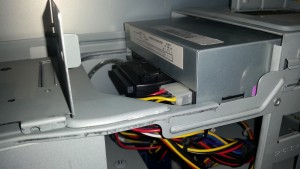
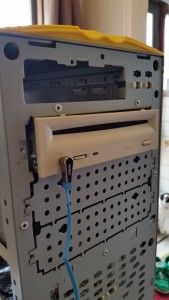
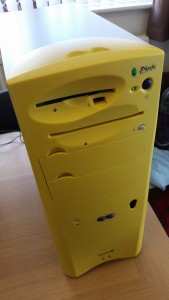


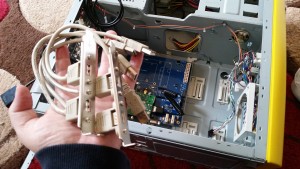
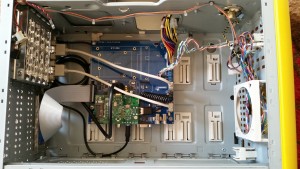


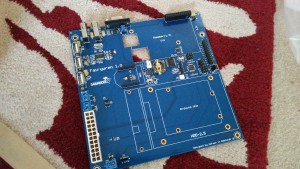
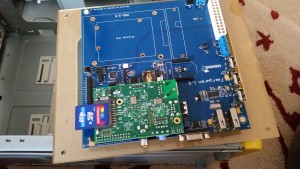
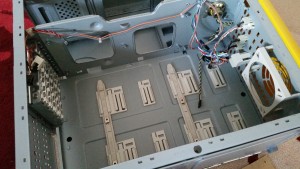

Recent Comments